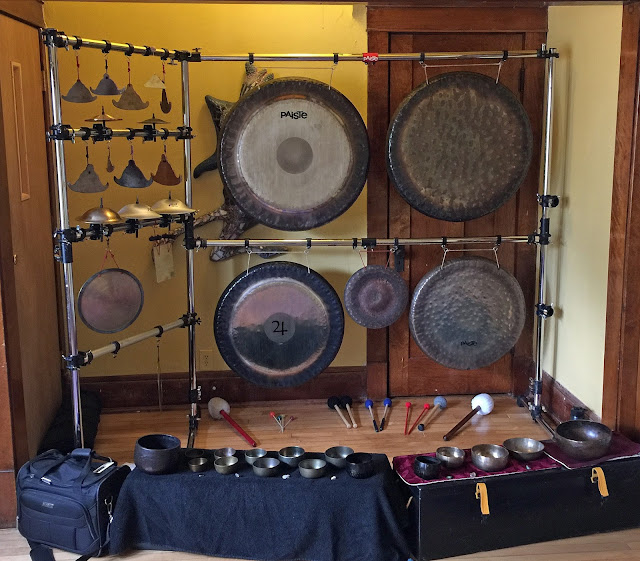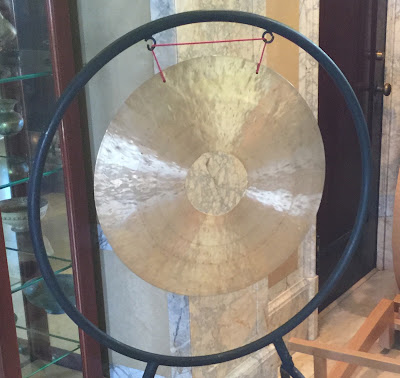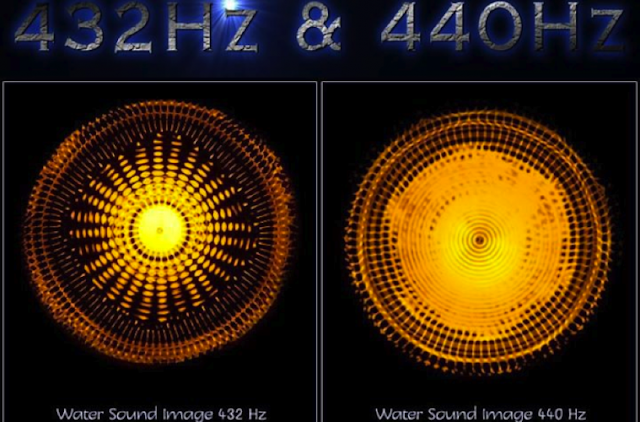Ways of Hearing
When was the last time you just sat and listened to music and nothing else? Just sat and really listened?
Even at live concerts, people are often so busy checking their phones, texting, taking photos and video; that the 'live' music becomes secondary, just another background.
Whatever happened to listening to music?
Exercise #1 - Sit in a quiet room, make yourself comfortable, and play your favorite recording/s. To help with distractions, turn out the lights if it's nighttime, or cover your eyes with a blindfold, scarf, etc. Now listen to the music, don't do anything else. As you listen, try to imagine the musicians playing this music. See them in your mind. Also, listen to the components of the music: fast/slow, loud/quiet, steady/uneven, harsh/gentle, etc. Listen to how the different instruments combine, how the various sounds and textures work together, or even work against each other.
We depend on our ears to hear, but that's not the only way we hear.
Our skin is actually the largest organ we have. It's also filled with very sensitive nerves. Our sense of touch is quite amazing. One of the most remarkable percussionists today is Evelyn Glennie. She travels world wide performing with orchestras and playing recitals, yet she is mostly deaf! Glennie lost her hearing when she was a child, yet she has learned to hear with her whole body. The same vibrations that most people feel with their ear drums, she feels with her whole body.
Exercise #2 - if possible, wear a pair of unplugged headphones, or a pair of hearing protection phones (like shooters or construction workers wear). You want to block out as much sound reaching your ears as you can (if this is not possible, try the exercise anyway). You can also try this with the blindfold in addition to muffling your hearing.
Next, play the same music as you did in exercise #1, only this time place your hands over the speakers to feel the music. Next, try it with the speaker placed on your abdomen, then again placed against your back. Each time try to experience the music through feeling it instead of hearing it with your ears. Notice the difference in how you experience and interpret the music. Be aware of how much sensation and information you receive just through your skin.
It's important to become aware of how much 'hearing' we actually do with our bodies.
Exercise #3 - once more play the same music, only without the blindfold and ear muffling. Listen to the music with your ears, but also listen with your body. Be consciously aware of how you are listening!
In order to be both better listeners and players, we need to train ourselves to listen actively. Work on this every day, at least 10-30 minutes, and in a month's time, you will be amazed at how much more aware you will be of the sounds around you, and also how much more in tune you will be with your instruments.
Be active, not passive.
~ MB
Chop Wood / Carry Water / Play Gongs™
For more fascinating viewing, watch the full length documentary on Dame Evelyn Glennie, Touch The Sound, below:



Comments
Post a Comment